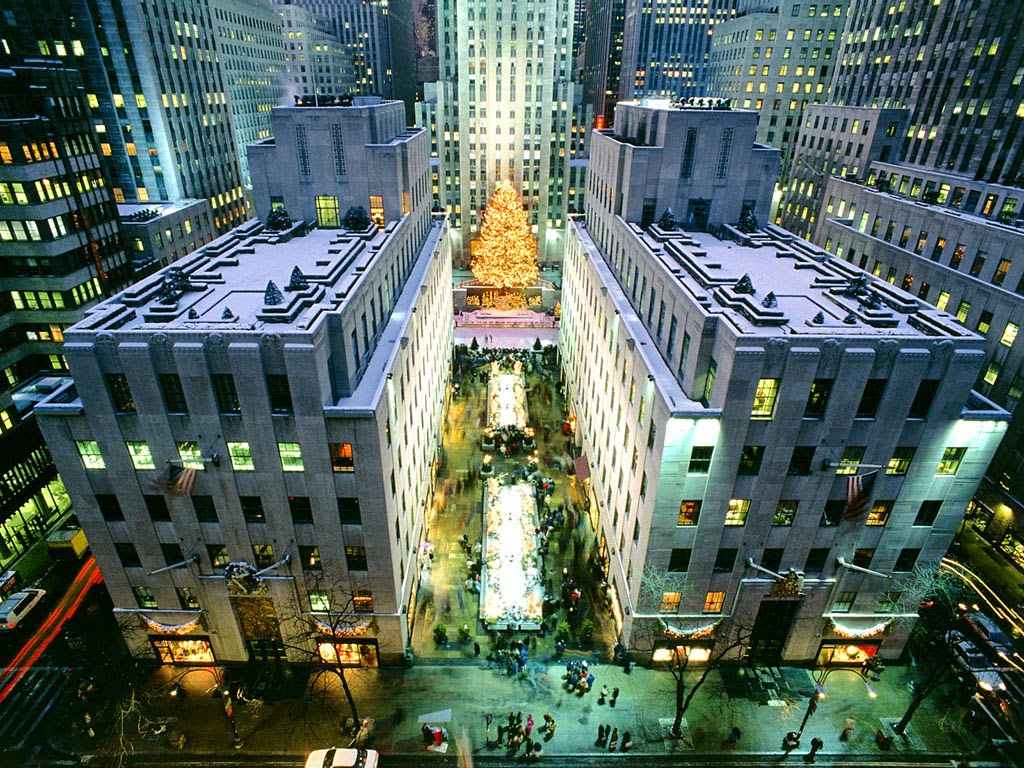Synopsis of “Transparency”
Yingzi Zhang
In the very beginning, the article interpreted the definition of “transparency” in two levels by the dictionary and Gyorgy Kepes’s discovery in art works. The first level is easy to understand, which defines “transparency” as “an inherent quality of substance” that being pervious to light. In the further level, “transparency” no longer means clear but ambiguous, which is “an inherent quality of organization”. As it is presented in the art work of Gyorgy Kepes, overlapped figure “implies a broader spatial order”. So, Colin Rowe classified transparency as “literal transparency” and “phenomenal transparency”.
According to Colin Rowe, cubist painting is an important source for the feeling for both literal and phenomenal transparency. Cezanne is an important painter for Cubism. Taking his Mont Sainte-Victore as an example, we can understand some features of Cubism, such as “frontality, suppression of depth, constracting of space, definition of light sources, tipping forward of objects, restricted palette, oblique and rectilinear grids and propensities toward peripheric development”. Double nature of transparency is further illustrated in the comparison of relative similar cubist paintings, such as Picasso’s The Clarinet Prayer and Braque’s The Portuguese; Delaunay’s Simultaneous and Gris’s Still life; Moholy’s La Sarraz and Leger’s The Three Faces. From the beginning to the post cubism, we can figure out in painting, literal transparency is rather emphasize the sense of seeing through, the quality of material, deep and naturalistic space, while phenomenal transparency emphasize the independence of object and grid, multiple interoperations of organization, shallow and abstracted space.
For architecture, compared to painting, the literal transparency is much easier to be understood since the existence of the third dimension. But for phenomenal transparency is rather difficult to achieve. It’s not all about the transparency of materials, such as glass wall at the Bauhaus which kind shows spaces behind it as overlapping planes in painting. The key for phenomenal transparency is an interpretation of spaces based on both horizontal and vertical planes. The interaction of flexible horizontal and vertical planes can create ambiguous spaces. So, the unambiguous space in Bauhaus seems to be rather literal transparency but phenomenal transparency. To contrast, the example of Le Corbusier’s villa at Garches shows the transparency in elevation, structure and space. And Le Corbusier’s League of Nations project shows the phenomenal transparency in organization of building blocks and outdoor areas. According to Colin Rowe, these stratifications, devices by means of which space becomes constructed, substantial, and articulate, are the essence of phenomenal transparency. As far as I’m concerned, time and function, like multi-use, may be other factors that contribute to phenomenal transparency.





































